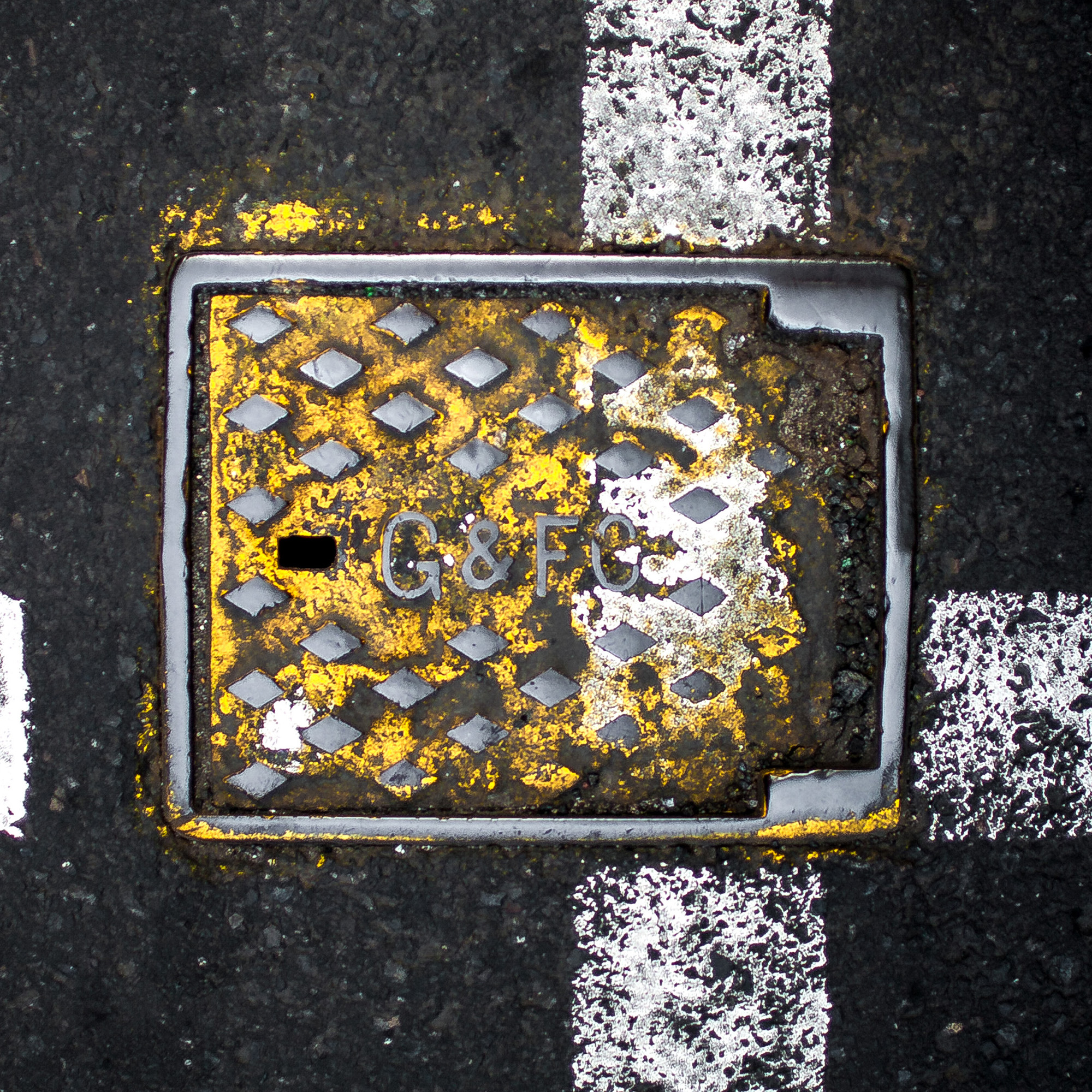
Urban Prints (2010)
In today’s world, visual identities
disappear into thin air if they remain within the digital sphere. Unless
intentionally preserved, whatever was printed can vanish too. However, many
identities are immune from that – particularly those of utility companies. An
example is MMBW (Melbourne and Metropolitan Board of Works) which was later
rebranded to “Melbourne Water” in 1992. About 30 years later, the former
corporation still exists on the ground with MMBW-branded utility covers
spreading across the city.
What started as a visual experiment turned into a historic experience telling of unexpected facts about the city where I resided. When searching for the meaning of G&FC – while assuming it’s a technical term – I stumbled across another utility giant, Gas and Fuel Corporation of Victoria, which operated between 1951-1995. It wasn’t much about the corporation itself that surprised me but its headquarters – Princess Gate Towers (also known as G&FC Towers). Built in 1966 at the intersection of Flinders and Swanston Streets, the building received a mixed public reception. While being hailed by some for being a modernist architectural icon, it was criticized by others for blocking the view of the Yarra river, detracting from St Paul's Cathedral and dominating the surrounding context. The towers were demolished to make way for Melbourne’s most famous modern landmark – Federation Square. Nothing on the new landmark retracts you back to the G&FC Towers, except if you’re attentive enough to those utility covers around the city centre and prepared to decode their meanings.
The digitization of our life means a
rapid movement of information but it doesn’t leave much of a physical trace of
our cultural existence. Physical remnants or evidence of what physically
existed before become more precious. This gives metal or stone plaques a great
value as they carry significant information – leaving room for excitement for
the long-term future of archaeology.

















